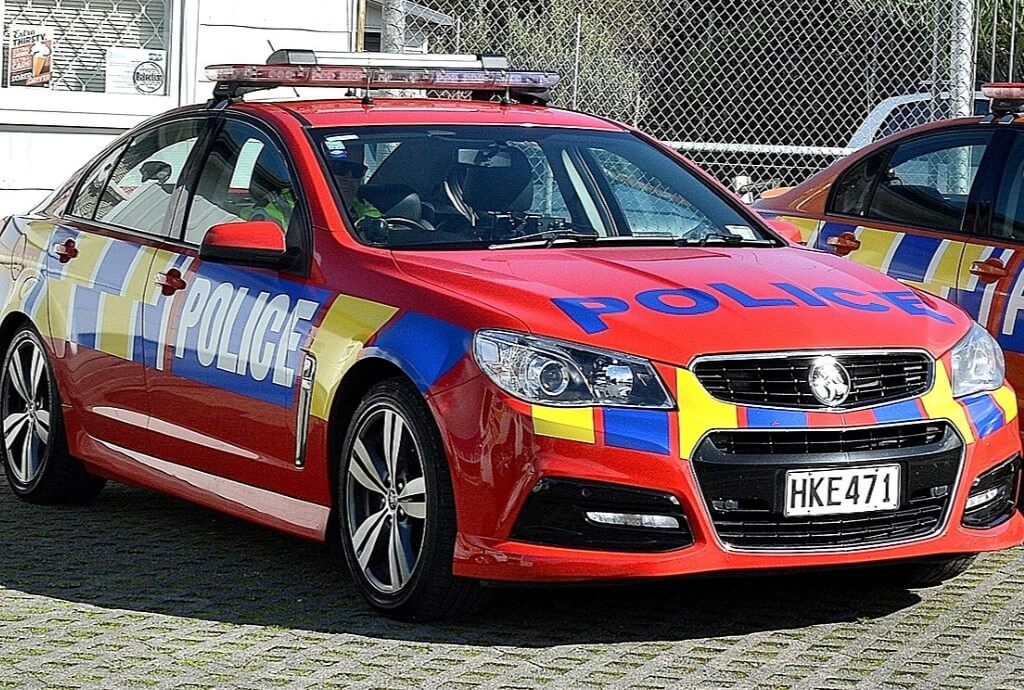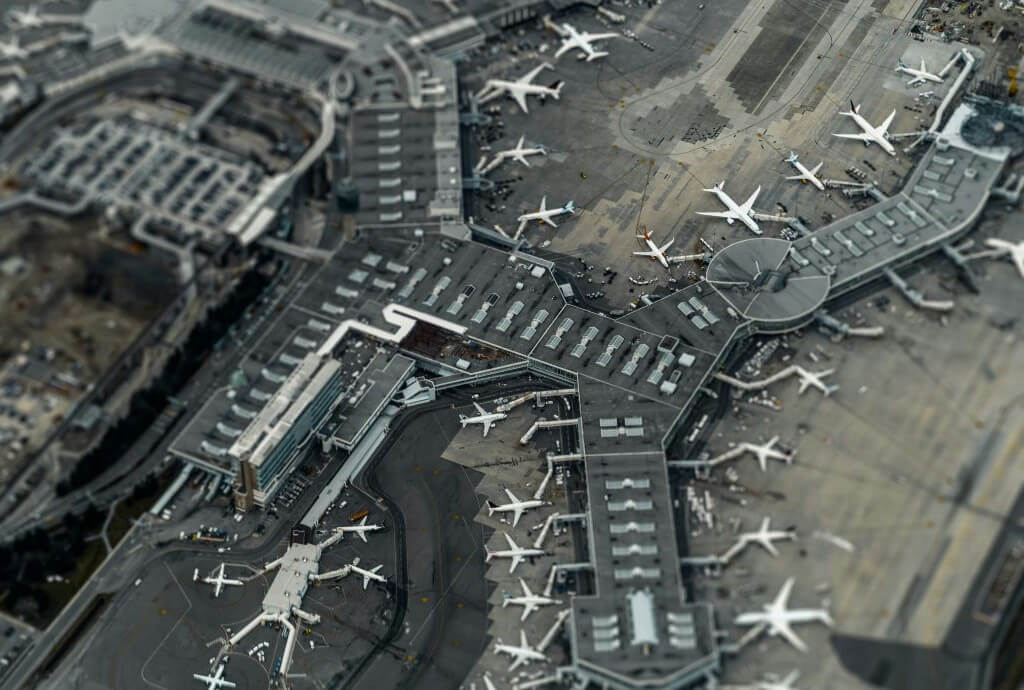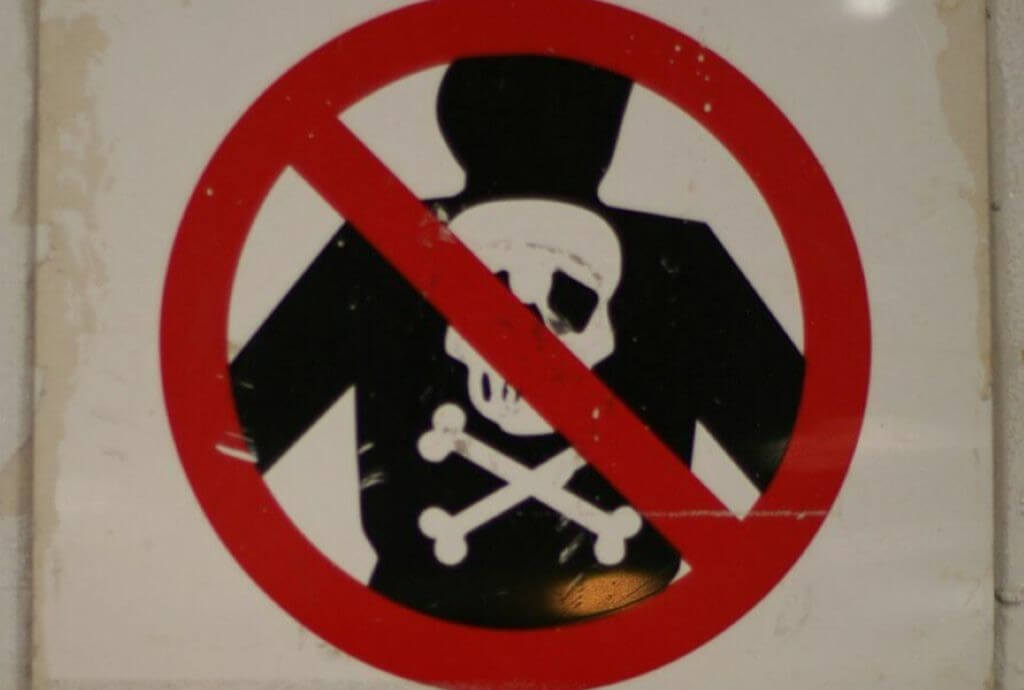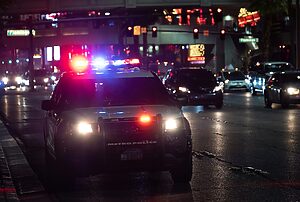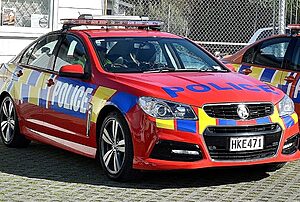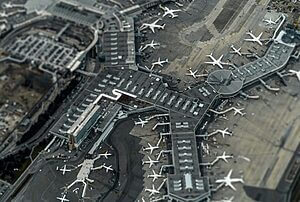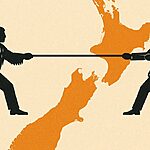In brief
- Auckland’s green bin programme costs ratepayers more than $36 million per year.
- Bins are manufactured in Australia, liners come from China, and scraps are trucked to Reporoa (near Rotorua) – with no full lifecycle emissions audit.
- Carbon savings cost about $1,440 per tonne, compared to an ETS carbon price of $50–$60 per tonne.
- Auckland Council defends the programme under the “emissions reduction hierarchy” despite lacking complete emissions accounting.
- Labour mandated that all councils implement food scraps collection by 2030 before the policy was overturned by the new Coalition.
- Only about 35% of Auckland households use the bins weekly.
- Industry insiders say the programme is wasteful, inefficient, and politically driven.
What Auckland ratepayers are really paying for
Auckland’s food scrap bin scheme costs $36 million a year for carbon savings priced at up to $1,440 per tonne, far above the $50–$60 price on New Zealand’s Emissions Trading Scheme (ETS), the government’s official carbon market.
“Reducing emissions, rather than offsetting them, is best practice and at the top of the emissions reduction hierarchy.”
— Auckland Council spokesperson
The bins for the programme cost $15 million to set up at roughly $30 each for around 470,000 homes. These bins were made in Australia. Meanwhile, the plastic liners come from China. Food scraps are then trucked from Auckland to Reporoa (near Rotorua) for processing. Households were given no option to opt in or out, and no home composting alternative was offered.
Despite the scale of the mandatory rollout, only about 35 per cent of households use the bins weekly.
The ongoing cost sits at $36 million per year, or $77.20 per household. When measured against Auckland Council’s own emissions reduction targets for the programme, this equates to a carbon cost of around $1,440 per tonne, compared to just $50 per tonne (as of 29 April 2025) on the ETS.
No full emissions audit has been done to account for manufacturing and transport emissions.
Councils are pushing back
Support for food scrap bins is eroding nationwide, not just in Auckland. Whanganui District Council, for instance, has just scrapped its proposed kerbside collection after residents pushed back on cost and value.
Helen Craig, Deputy Mayor of Whanganui, noted the scheme would cost ratepayers $1,650 per tonne of carbon saved. This is 33 times the current ETS price, and far less effective than alternatives like planting trees, which would have achieved the same result at just $120 per tonne. “We must get the best bang for our buck,” she said, “because it is ratepayer buck.”
“We must get the best bang for our buck — because it is ratepayer buck.”
— Helen Craig, Deputy Mayor of Whanganui
Council research also showed consistently low public support for the new service. The Whanganui decision backs up Auckland’s numbers and makes it harder for officials to defend the current rollout.
Councils around the country are beginning to reconsider.
Who is doing the math at the Council?
One of the main accomplishments touted by the Auckland Council regarding its green bin programme is to reduce carbon emissions. Yet, the benefits received add up to only a fraction of the cost of the roughly $36m per year spent on the programme.
According to information obtained through a Local Government Official Information and Meetings Act (LGOIMA) request, the programme cost $15 million to purchase just the bins, with approximately 470,000 Auckland households each paying an annual rate of $77.20 for the 2023/2024 food scraps collection service. This amounts to over $36 million per year.
Based on publicly available information, the council aims to achieve a reduction of 25,000 tonnes of CO₂ annually through food waste collection and processing, which is said to be roughly equivalent to emissions produced by about 15,000 vehicles.
Depending on how these assumptions are refined, the savings could rise to 50,000 tonnes of CO₂ per year.
Auckland Council’s PR states: “Auckland Council recently celebrated diverting 30,000 tonnes of food waste from landfills in under two years – the equivalent weight of more than 300 blue whales.”
Using back-of-the-envelope calculations to calculate the cost per tonne of CO₂ reduction in Auckland Council’s green bin programme, we divided the estimated total annual cost of $36m by the council’s estimated CO₂ savings.
Even without factoring in the $15 million setup cost for just the bins, the point is clear: for their target of 25,000 tonnes of CO₂ saved, this results in a cost of around $1,440 per tonne. If savings increase to 50,000 tonnes annually, the cost would drop to approximately $720 per tonne.
However, the ETS currently prices carbon (CO₂ actually) at a much lower rate of around $50 per NZU (1 NZU = 1 tonne). The purpose of New Zealand’s ETS is to facilitate the reduction of CO₂ most cost-effectively.
Auckland made its own bed on this – Labour tried to force the rest of the country to follow

Auckland Council committed to its food scraps programme in 2019, signing a contract with EcoGas who were building a processing facility at Reporoa. The decision to truck scraps more than 200 kilometres south was baked into the contract long before any national mandate.
Later, the Labour-led government required all councils to roll out similar food waste collection schemes by 2030. This effectively locked the rest of the country into the same costly model Auckland had adopted. That national mandate has since been overturned by the Coalition, restoring councils’ ability to opt out.
Buy credits, not bins
Put another way, the idea of the ETS is that if you have to reduce CO₂ and can do so for less than the current carbon price, that is money well spent. But if it costs you more than the carbon price, you should probably buy credits, and others can use that money more cost-effectively to reduce the CO₂ instead.
In addition, purchasing carbon credits instead of funding the green bin programme could help strengthen the carbon market, especially when demand is low.
Uncounted emissions from manufacturing and transportation would further reduce the green bin programme’s overall environmental benefit. Presumably, there may be other hard-to-value benefits of the programme, such as reducing landfill waste, but if these factors are expected to justify the apparently weak carbon numbers, the Council should provide a clear explanation.
Council and EcoGas were approached for comment

Centrist sent detailed questions to Auckland Council regarding the cost-effectiveness, emissions accounting, and justification for the green bin programme. The Council did not provide a cost-benefit analysis, full lifecycle emissions data, or a financial breakdown, but defended the programme as part of Auckland’s climate plan. “Reducing emissions, rather than offsetting them, is best practice and at the top of the emissions reduction hierarchy,” a Council spokesperson said.
EcoGas North Island Manager Andy Bedford confirmed that the company receives no government subsidies and operates at full capacity. While Bedford outlined the company’s circular economy model, including renewable energy production and cheaper digestate fertiliser, he acknowledged limited public awareness and said more technical data may become available in the future.
Bedford told Centrist that EcoGas has completed environmental impact studies for the renewable gas it produces, but not yet for the heat and CO₂ byproducts. Without these figures, it remains unclear how much of the programme’s total environmental benefit is being captured or measured.
Whistleblowers say the model never made sense
Centrist has received tip-offs from industry insiders who say senior executives across multiple waste contractors are well aware that the current food scraps programme doesn’t stack up either environmentally or commercially.
“A knowingly inefficient model propped up by political signalling.”
— Industry insider
One insider described it as “a knowingly inefficient model propped up by political signalling.”
Separately, sources close to Redvale Landfill in North Auckland have told Centrist that the methane capture systems in place before the green bin rollout were already world-leading.
If true, this raises serious questions about why the government disrupted a working solution to introduce a far more costly and inefficient one.
Hidden emissions and logistical costs
The council’s CO₂ reduction estimates are based on several studies and models, including an analysis by the University of Auckland and the C40 Climate Change Cities Project.
As noted previously, the bins and plastic liners are manufactured overseas. The food scraps are trucked to Reporoa for processing.
These steps contribute to emissions that do not appear to be factored into the council’s CO₂ reduction estimates. Auckland Council asserts that accounting for transportation emissions would only reduce the benefit by 5%.
We would have to audit this to have any confidence in it, as it seems intuitively too low, given the distance. Even if we just assume it’s zero, the most favourable assumption to make the Council look good, the point about the high price of the emission reductions is made clearly even with this cost ignored.
The calculation the Council is relying on incorporates the assumption that trucks returning from Reporoa are already in transit for other contracting jobs and would be travelling empty, thus only adding an “incremental” fuel cost.
But as the programme scales, this assumption may not hold, or something else could change, making it inaccurate to claim the trucks would be making the trip anyway. This would materially affect the net CO₂ saved.
It also appears that the financial and environmental costs of building the EcoGas facility in Reporoa have been omitted from the Council’s emissions calculations. Even if EcoGas funded the construction independently, and they reportedly received some government support, they are still effectively subsidised by the $36 million Auckland ratepayers are now spending annually to truck food scraps to their doorstep.
Why wasn’t this facility built in Auckland, where the population is, in order to reduce costs and emissions? The decision to process food scraps over 200 kilometres away raises serious questions about value for money, political meddling, and the integrity of the emissions accounting.
Moreover, the Council has not provided a complete lifecycle emissions assessment, leaving a gap in transparency over the true environmental impact.
Is this greenwashing or simply waste?
Private companies are often criticised for what is called greenwashing. This is overstating the environmental good you are doing. In some jurisdictions, greenwashing is an offence, at least for businesses.
Another relevant term is virtue-signalling, which means you are doing something to be able to say you did, regardless of whether it makes any rational sense.
The evidence suggests the green food scrap bins are a classic case of virtue signalling, perhaps combined with greenwashing, given the extent to which the environmental benefits are overstated relative to the cost.
Shouldn’t those same greenwashing criticisms of private businesses also apply to central and local government?
Subscribe to our free newsletter here
Image: Auckland Council



